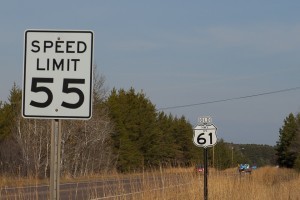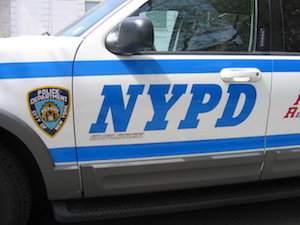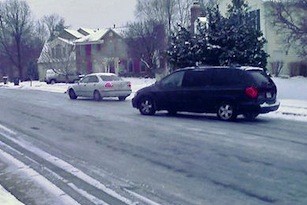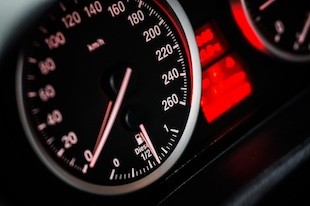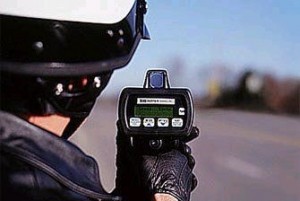
- Don’t panic. This is both the most important rule and also the hardest. Realizing you have no control over the car is frightening, but do your best to remain calm.
- No brakes, no gas. You need to slow down to stop hydroplaning, but braking will make things worse. Instead, take your foot off the gas and let the car gradually slow. As you slow down, your tires will increase their grip on the road until you are no longer hydroplaning.
- Keep the wheels straight. Don’t try to turn, even if the car starts veering off the road. Wait until the car slows down and you regain control before attempting to steer.
Hydroplaning is not the result of bad driving. However, there are some general driving tips that can help reduce your chances of an accident during heavy rain or other dangerous weather.
- Put both hands on the wheel. Basic driver’s education tells you to always drive with your hands at 9 o’clock and 3 o’clock on the steering wheel. Most drivers don’t this on a regular basis, but when the roads are slick, the extra control is critical.
- Stay focused. Turn off any unnecessary distractions, like music or cell phones, and pay extra attention to the road conditions, other cars, and pedestrians.
- Keep your distance. Leave at least five seconds of space between you and the car in front of you. The extra space compensates for reduced visibility and slicker roads. When possible, you should also leave space on the side in case you need to quickly change lanes to avoid striking a person or vehicle.
More than anything, remember to slow down in heavy rain. Driving too fast in inclement weather is not only dangerous, it can also land you a ticket. Even if you’re driving below the speed limit, an officer can deem your speed to be not reasonable under the conditions. This can result in a ticket for imprudent speed. A first offense can result in 3 points on your license, plus up to $150 in fines and a surcharge of up to $93. A conviction could also mean up to 15 days in jail. Penalties increase for a second and third conviction within 18 months.
If you or a loved one has been ticketed for speeding, imprudent speed, or any other kind of traffic violation, consult an attorney to help you avoid the fees, points, and increase in insurance premiums that can result from a conviction. The lawyers of the Rosenblum Law Firm are skilled New York traffic ticket attorneys who are experienced in handling tickets for a range of driving-related offenses. Call 888-203-2619 or email the Rosenblum Law Firm today for a free consultation about your case.


